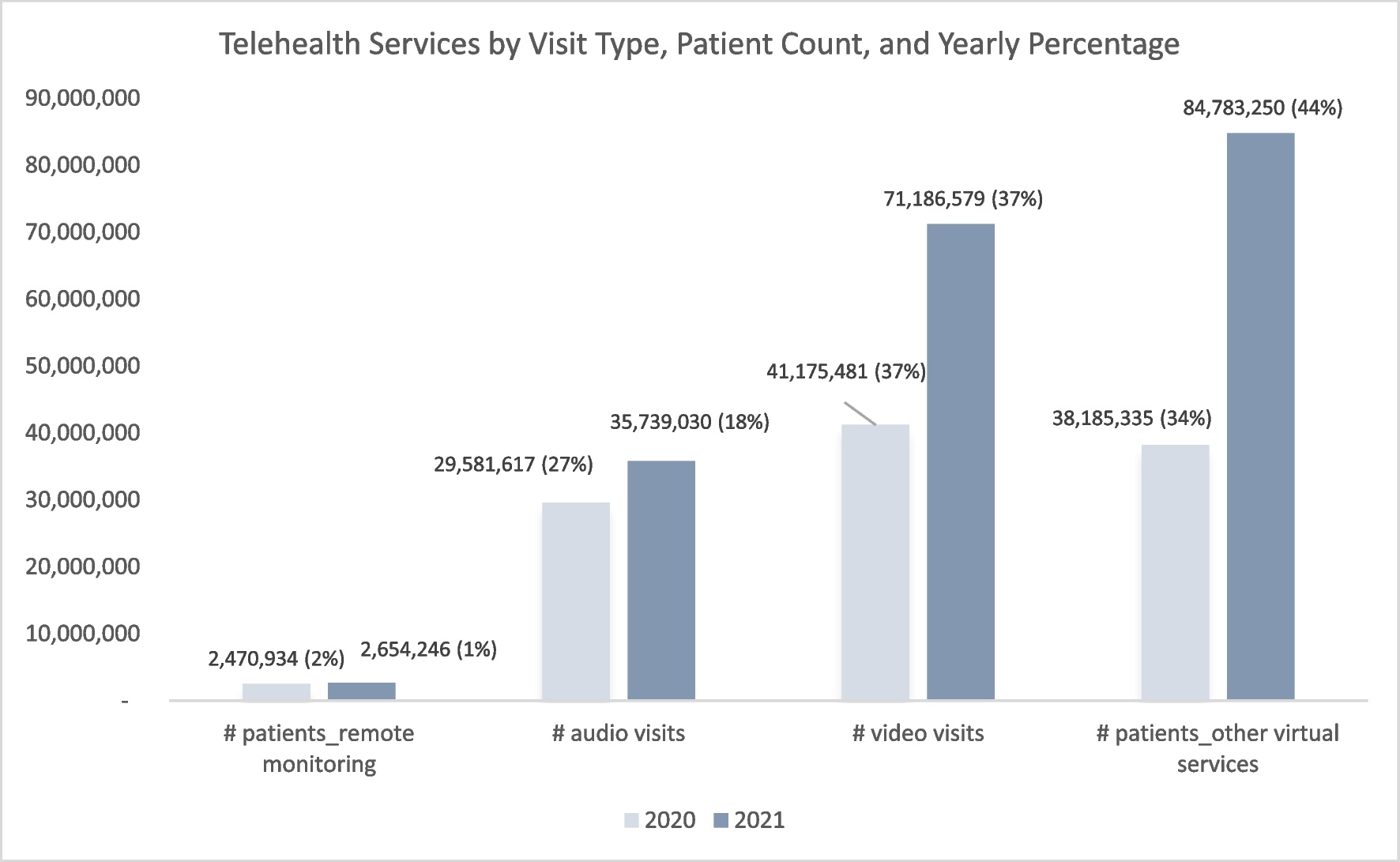Unveiling the Adoption and Barriers of Telemedicine in US Hospitals: A Comprehensive Analysis (2017–2022)

Telemedicine has become crucial, especially during COVID-19. This study examines telemedicine adoption trends and institutional challenges in US hospitals from 2017 to 2022, using data from AHA surveys. It includes a diverse national sample of hospitals, focusing on telemedicine encounters, service offerings, and electronic health information exchange challenges.Key findings include a 75% increase in telemedicine encounters from 2020 to 2021 and a rise in hospitals offering telemedicine from 46% in 2017 to 72% in 2021. Larger, nonprofit, and teaching hospitals led in adoption, with no significant urban-rural disparity. However, 25% of hospitals cited EHR vendors as barriers to information exchange, and cost remained a primary challenge. The study highlights the need for policy interventions to enhance telemedicine’s potential.
Make faster decisions with community advice
- AI Gets Better At Writing Patient Histories When Physicians Engineer The Prompts
- New Study Evaluates Virtual Reality to Reduce Scanxiety in Brain Tumor Patients
- Revolutionizing Healthcare: Harnessing the Power of IoT Solutions for Improved Patient Outcomes
- Carrum Health Raises $45 Million Series B to Expand Cancer Care Offerings and Launch New Service Lines
- Ethical Guardrails Are Essential To Making Generative AI Work For Healthcare
Deploy this technology today
-
nQ Cortex
Matched with Medical Subject Headings (MeSH): Biomedical Technology, Healthcare IT News: Artificial Intelligence
- NLabviva Platform
- Labviva Platform
- AI Dermatologist Platform
- Armis Platform for Healthcare

